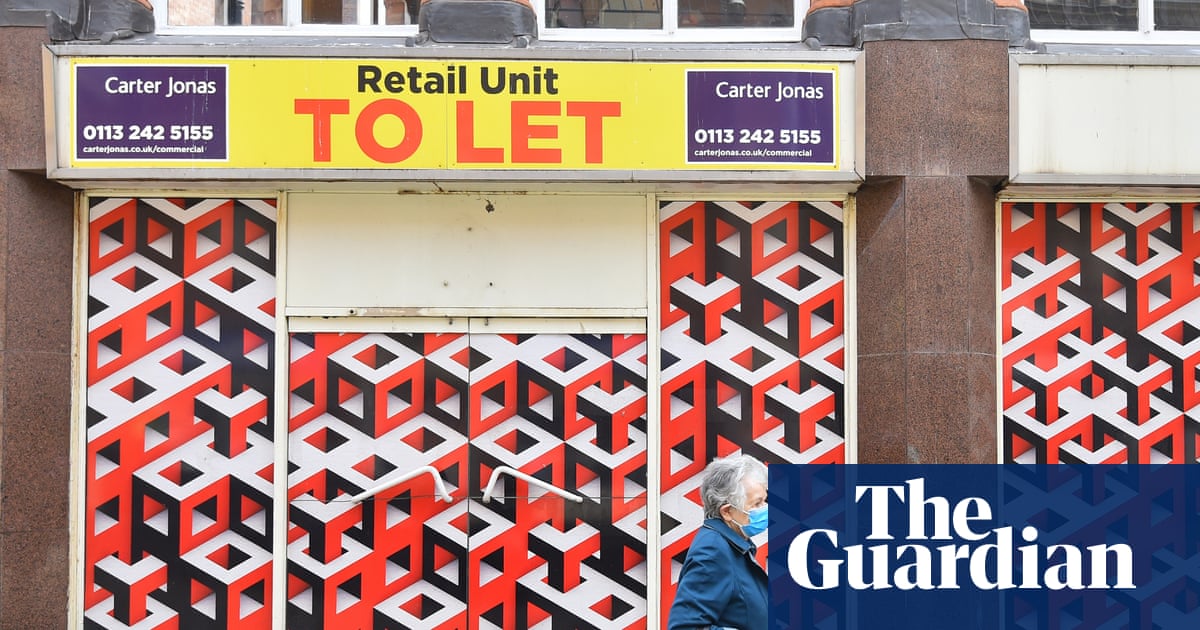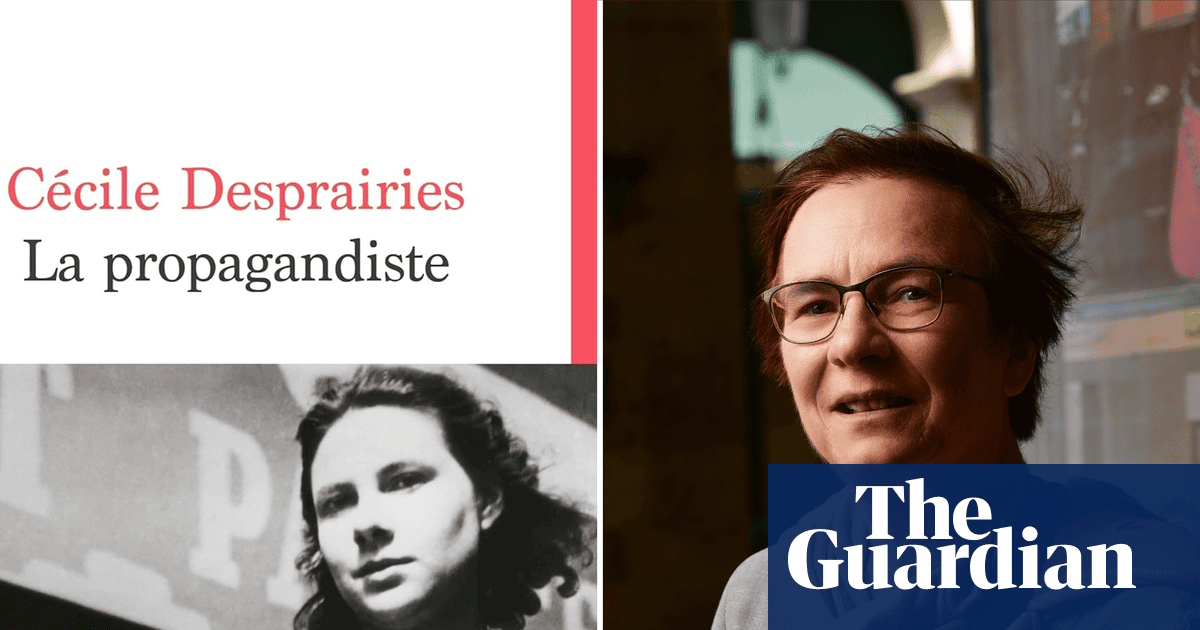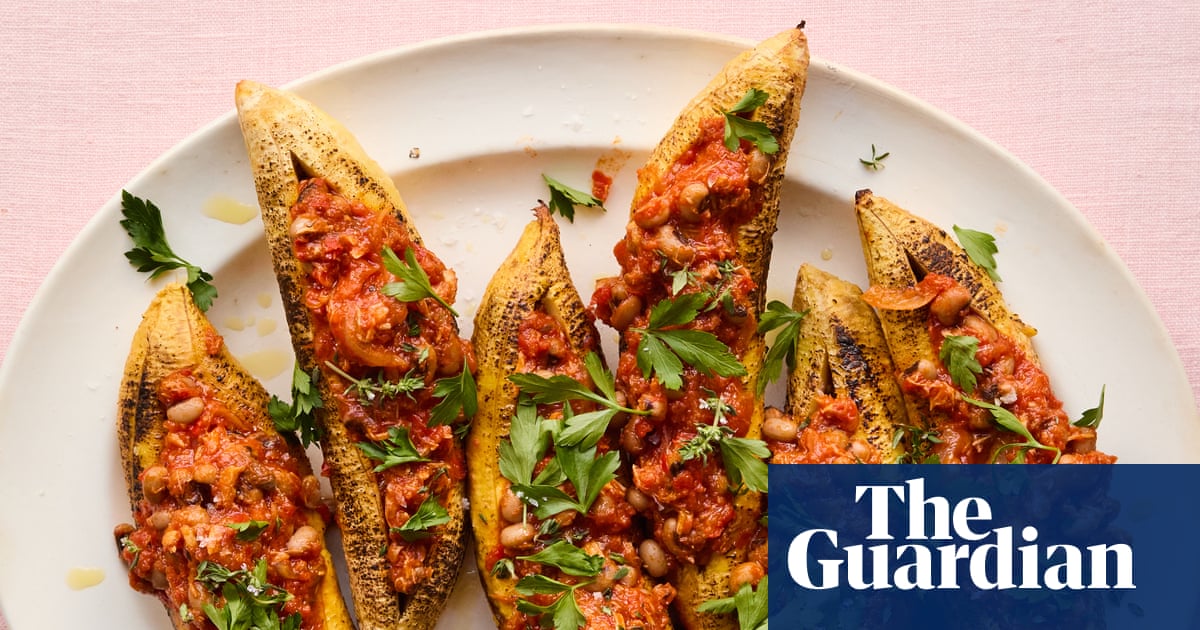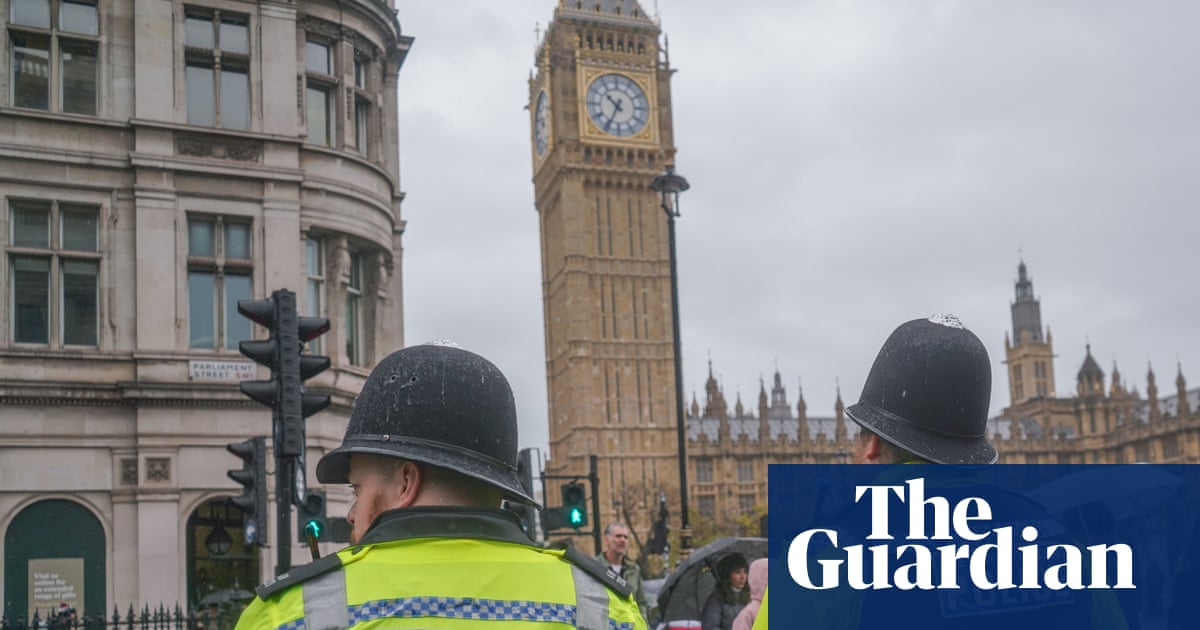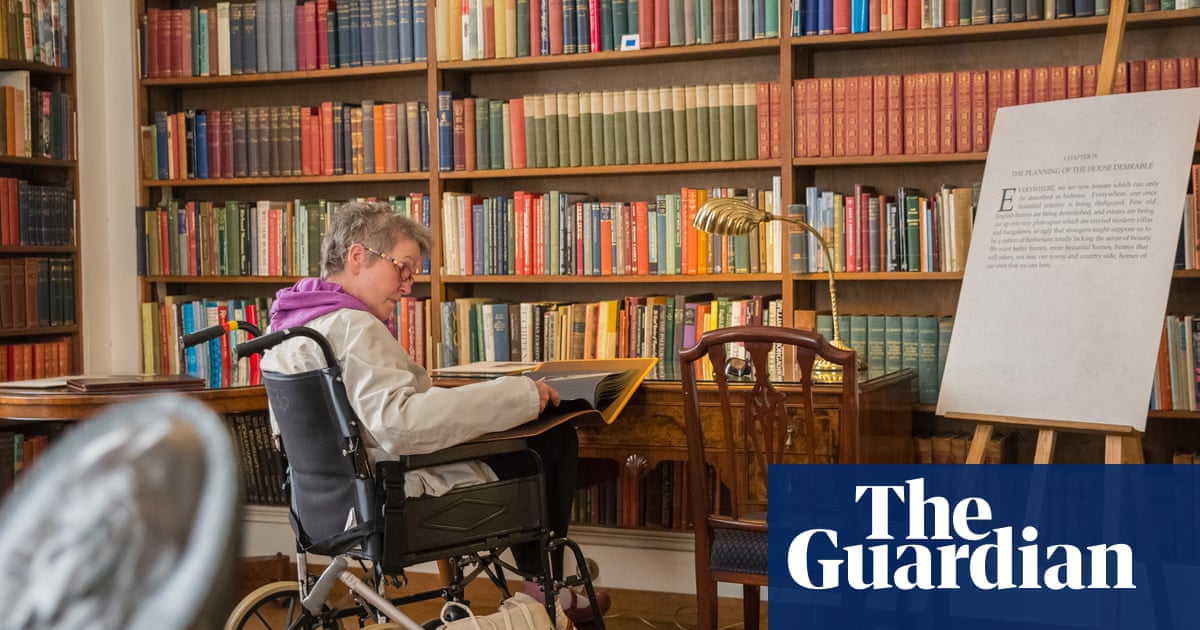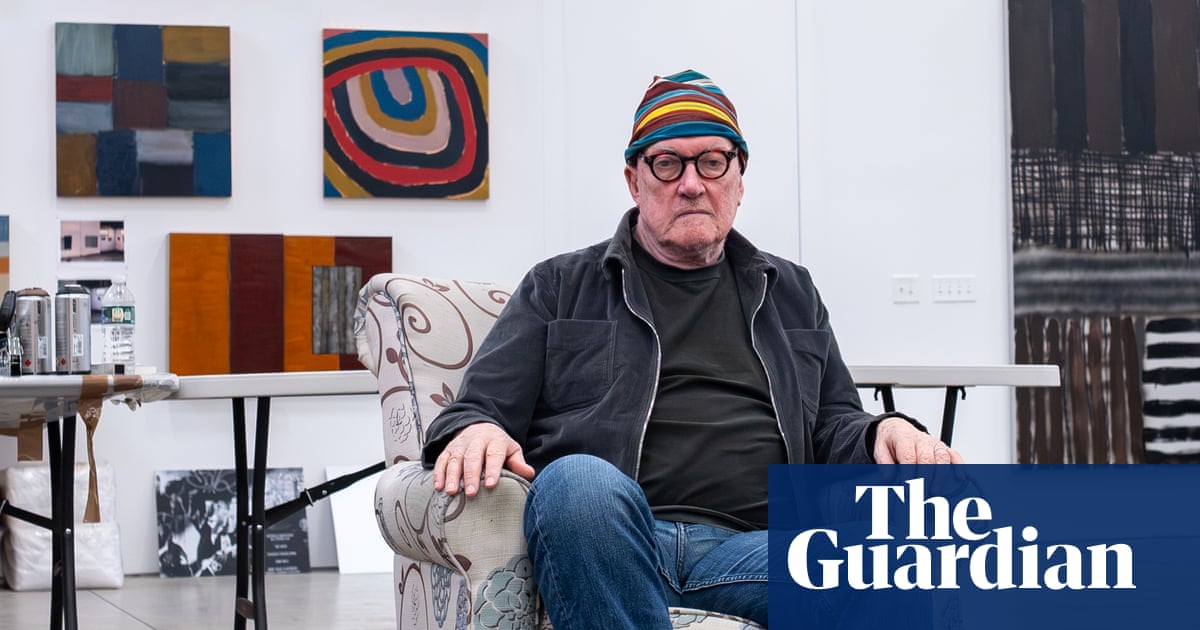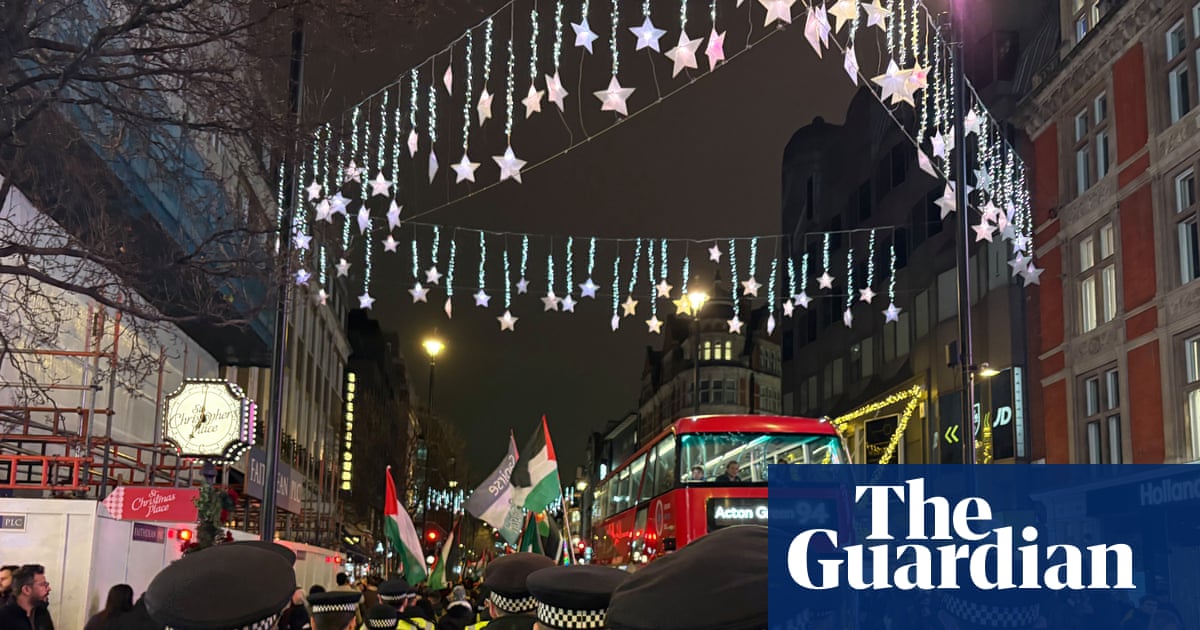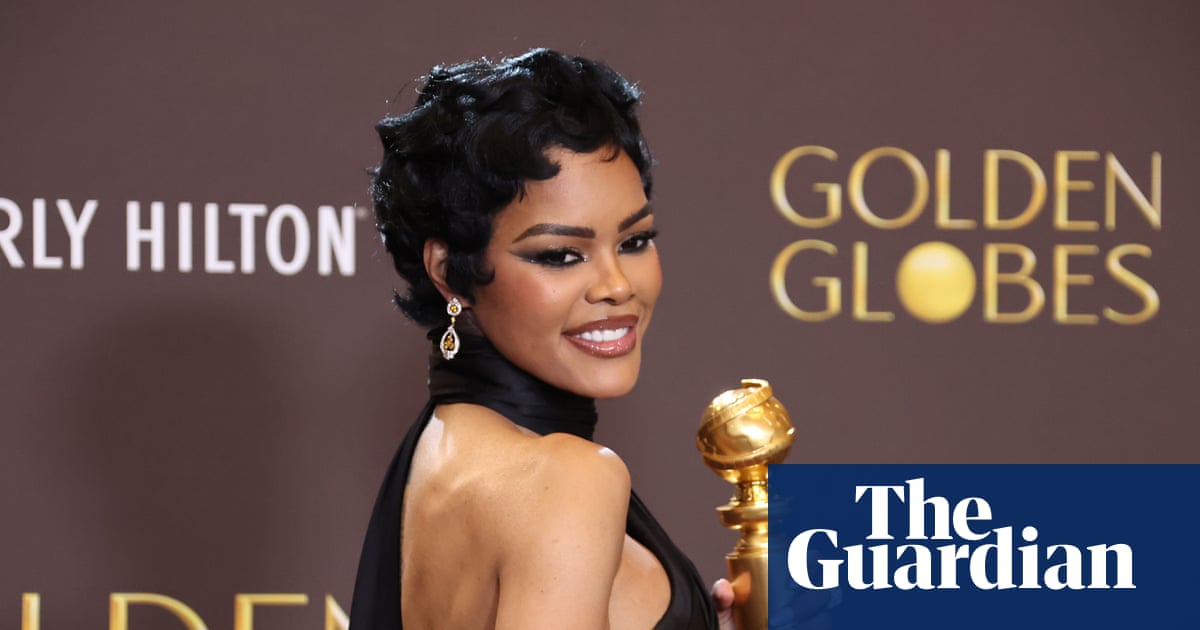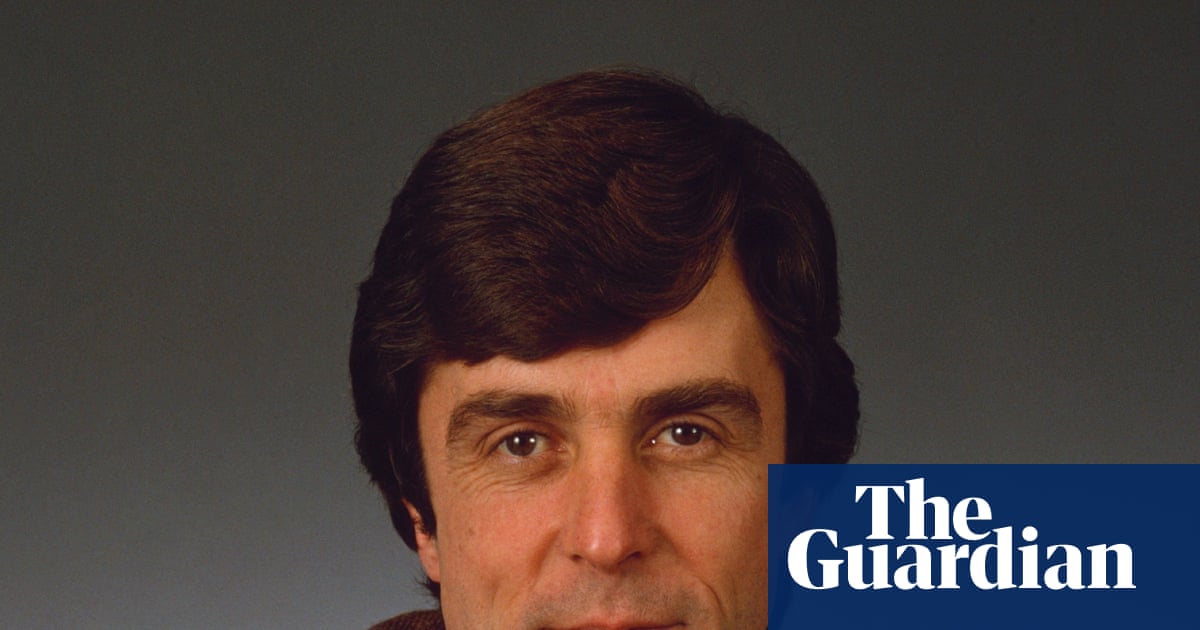Marie Antoinette: the Fragonard cupcake who bankrupted France with her lust for fashion and diamonds, who bottle-fed pet lambs while her people starved. No matter that, in truth, her frocks and jewels were small fry in her country’s financial ruin; the optics, as we would say now, were terrible. So what if she never actually said “let them eat cake” – history is no match for a great soundbite. But while opulence hastened Marie Antoinette’s downfall, it has also brought her immortality. Only Cleopatra rivals her as the most glamorous queen in history.
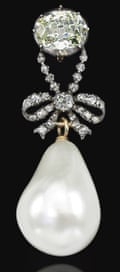
Even as she was driven to the scaffold, an ignominious jerky ride by open ox cart through crowds of jeering Parisians, the last queen of France knew the power of fashion. Marie Antoinette had worn only black since the death of her husband nine months earlier, defying a Jacobin ban on the wearing of a colour associated with the monarchy. But on the morning of 16 October 1793, she dressed in a pristine white chemise, petticoat, dress and bonnet. The febrile fury of a hungry and angry people had already torn her reputation to shreds – she was denounced in the press as a whore, a child abuser, a barely human “she-wolf” – but knowing that all eyes, still, were on her clothes, she protested her innocence to the last in the best way she knew.
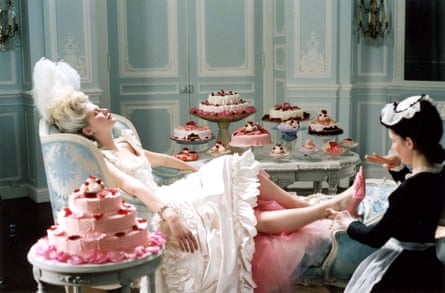
Two and a half centuries later, Marie Antoinette still cuts a defiantly glamorous figure in culture, as compelling as she is controversial. Marie Antoinette Style, the first British exhibition devoted to her life and legend, opens at the V&A museum in London on 20 September. Its 250 dazzling pieces include one of her silk slippers, her pearls and diamonds, a dinner service, and the last letter she wrote from the Conciergerie prison before her death at the age of 37. To ratify her status as a fashion superstar, the show is sponsored by Manolo Blahnik, shoemaker to style icons from Diana, Princess of Wales to Carrie Bradshaw, who writes in his foreword to the catalogue that he has “been obsessed with Marie Antoinette as long as I can remember”.

Right now, the last queen of France is having a moment. Not since she roamed the mirrored halls of Versailles in her macaroon-hued pomp has Marie Antoinette been this hot. That a self-obsessed, shoeaholic airhead has recaptured the zeitgeist may not be an entirely flattering reflection of this cultural moment, but the V&A’s exhibition could not have come at a more perfect time. With the world on a white-knuckle collision course between steepening inequality and the bling, $50m Venice wedding aesthetics of the planet’s ruling class, the terrible glamour of Marie Antoinette’s story could hardly be more pertinent.
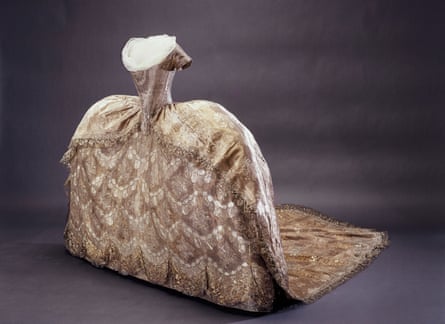
We are in a new gilded age. Donald Trump adores the trappings of French luxury – never has a Washington inauguration been served with such lashings of Dior as it did in January – and the codes of royalty, which the US president reveres as a benchmark of prestige. Beyond politics, Marie Antoinette’s whiplash trajectory – from obscurity to the nation’s sweetheart to cancellation – reflects the rollercoaster of our celebrity age, which loves to idolise beauty and then smash it to pieces.
There are uncanny echoes of the particular contradictions of modern popular culture in her story. Marie Antoinette is remembered for bling – her wedding dress, at age 14, was made of diamond-encrusted silver cloth – but her most famous creation was Hameau de la Reine, a model farm in the gardens of Versailles, where she and her friends would cosplay as shepherdesses and milkmaids, dressed in charming rustic “lawn dresses” and straw hats becomingly fastened with silk ribbon. If Versailles was the superyacht of its day, then Hameau de la Reine was the tradwife, Maha-adjacent Instagram opportunity – the Ballerina Farm of the 18th century, if you will. And then, of course, there is her infamous declaration of “let them eat cake”, which she almost certainly never said, since she had been dead 50 years when the allegation was first hurled at her, but has stuck fast nonetheless. The first deepfake, perhaps?
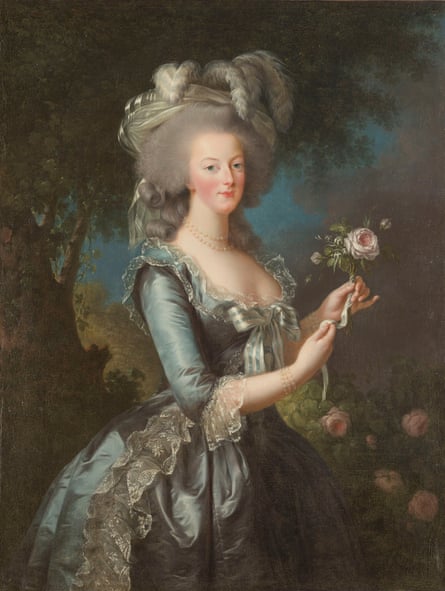
The list of famous women who have been compared to Marie Antoinette is a reminder that the monstering of female celebrities, and the ghoulish vulturing of their memories, is corset-laced through the centuries. There have been comparisons to Diana, another beautiful, blue-eyed young blond royal who was pursued mercilessly by the press and met a brutal early death in Paris. Hillary Clinton was likened to Marie Antoinette by rightwing commentators keen to portray her as elitist, out of touch and privileged: the name was flung when she claimed to be “dead broke” after leaving the White House, and when she described Trump supporters as a “basket of deplorables”.
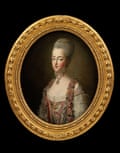
Carrie Johnson earned the moniker Carrie Antoinette when she chose gold wallpaper for a £112,000 revamp of Downing Street. Melania Trump’s former spokesperson, Stephanie Grisham, compared the first lady to “the doomed French queen” in her 2021 memoir, describing her as “Dismissive. Defeatist. Detached.” Earlier this year, the Duchess of Sussex’s Netflix series With Love, Meghan was damned as a misfire by commentators who noted that the scenes of her feeding chickens while sporting perfectly blow-dried hair may have aimed for Martha Stewart but landed as Marie Antoinette. The comparison is generally an insult, so it was unclear what Kanye West was getting at when he described his then wife Kim Kardashian as “a modern day Marie Antoinette” in a 2016 magazine interview, but that’s Kanye for you.
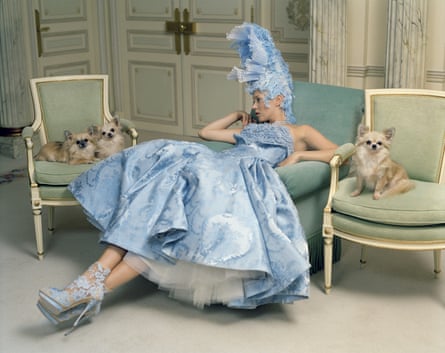
Love her or loathe her, Marie Antoinette’s is a cracking story. Born Maria Antonia Josepha Johanna von Österreich-Lothringen in Vienna, Austria, in 1755, she was sent to Paris by her mother, the empress of Austria, to be married to the French dauphin when she was 14. Her fiance, the grandson of the reigning king, was just a year older. She was a pawn in complex European diplomacy – it was said that her mother would have preferred to send an older daughter, but her sisters were married, dead or too pockmarked to please the image-conscious French court – and her pale-skinned, blue-eyed beauty sealed the deal. She married Louis-Auguste two days after meeting him.
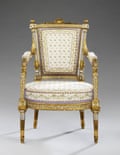
The dauphine was an outsider at Versailles. The French, who had only just finished fighting Austria on the battlefields, were suspicious of the young foreigner. Her teenage husband was a weak, colourless character, while Marie Antoinette – who loved fashion, and launched a trend for hair worn 3ft high and decorated with feathers – had main-character energy in spades.
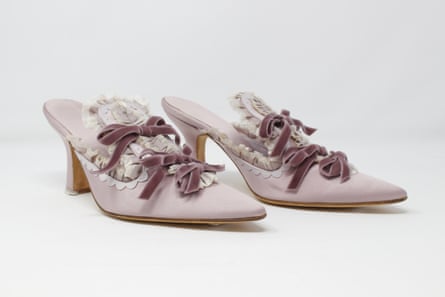
She was a spectacular dresser, no doubt about that – for her husband’s coronation, she wore an embroidered gown swagged with sapphires – but there was more creativity, and more strategy, to her look than her cartoonish historical image as a Versailles Barbie suggests. Before her reign, fashion in the French court had been the domain of the kings’ mistresses. Queens were conventional, domestic figures. Marie Antoinette, childless for the first eight years of her marriage, found her status as a royal wife – and a foreign one, at that – increasingly precarious as a result.
So she leaned into fashion not merely as entertainment, but as a way to boost her profile, as mistresses before her had done. She appeared at one masked ball dressed as Gabrielle d’Estrées, the Renaissance mistress of Henri IV, in a confection of silver and white gauze girdled with diamonds and edged with gold silk fringing. Her chief collaborator in image-making was her dressmaker, Rose Bertin, dubbed the “minister of fashion” by the press. Together they set a trend for Rococo pastels, and for wedding-cake gowns iced with a fever dream of embroidery, ribbons and ruffles. Her wardrobe was her own splendid livery, a defiant statement of feminine power.
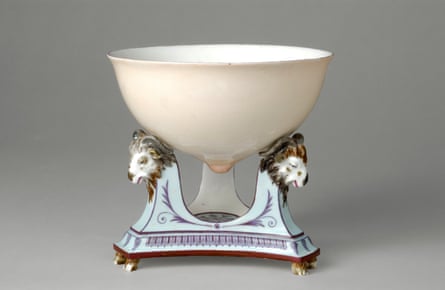
In 1781, she was said to have spent 750,000 livres – the currency of the day – on diamonds, and almost a million on porcelain. For context, the daily wage for most of her subjects was three livres. The French public, angered by the huge debts being incurred by the elites, were quite understandably furious, and found a lightning rod for their discontent. As the financial crisis deepened in the 1780s, with the price of a loaf of bread rising to almost a full day’s pay, she earned the nickname Madame Deficit. This was never going to end well.
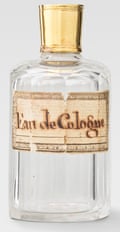
In 1792, at the height of the revolution, angry crowds stormed her apartment in central Paris. Finding her absent, they smashed her mirrors and closets, venting their anger on the queen’s wardrobe. The royal family was abolished in France that same year, the queen found guilty of treason, and her fate sealed. Like Marilyn Monroe and Diana, the high drama of her early death enshrined her in the history books, and memorialised her at the height of her beauty and glamour.
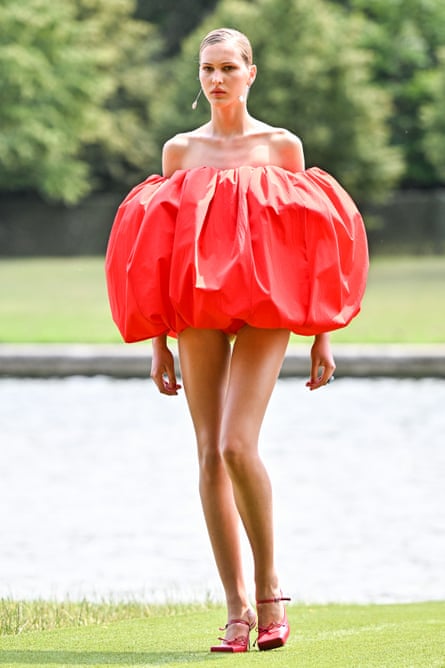
Nearly 200 years later, the second coming of Marie Antoinette – now reaching its zenith – began, fittingly, with the original Material Girl. In 1990, Madonna performed her hit Vogue at the MTV Video Music awards, dressed as Marie Antoinette, wearing a dress Glenn Close had worn on screen as the Marquise de Merteuil in Dangerous Liaisons, accessorised with a paper fan, pearls at her throat and feathers in her hair.

The feminist semi-rehabilitation of the French queen was then fuelled by the death of Diana, with comparisons drawn between the two women, and gathered speed in 2006 with the release of Sofia Coppola’s film, based on Antonia Fraser’s sympathetic 2001 biography. Coppola, Hollywood’s patron saint of beautiful entrapped girlhood, gave us a prom queen Marie Antoinette, in pink Converse trainers and Manolo Blahniks, her powdered complexion swapped for Kirsten Dunst’s dewy youthfulness.
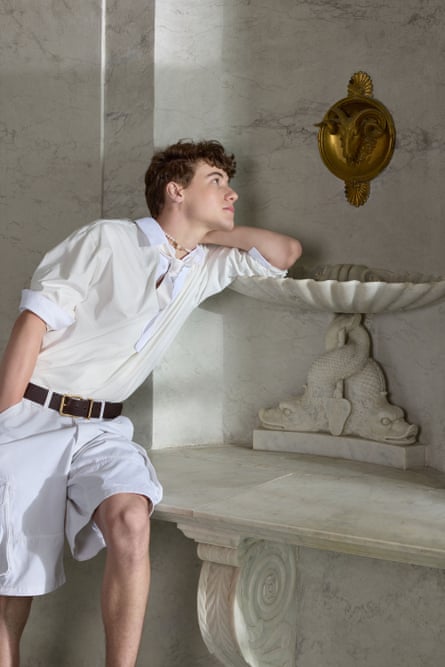
The ghost of Diana seems to haunt some scenes – Dunst’s Marie Antoinette is a hugger, in defiance of royal protocol – but Coppola’s greatest gift to Marie Antoinette’s legacy was to make her cool, adorning her in corsets and chokers that could have stepped off Vivienne Westwood’s catwalk, and in sugary pinks and yellows that are more Clueless than Rococo.
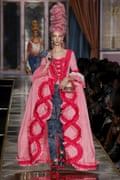
Coppola’s film is a perennial on fashion mood boards, but several designers have recently revisited the queen herself. In 2023, the cult French label Jacquemus staged a show at Versailles inspired by Marie Antoinette (backstage, the mood board was plastered with paparazzi images of Diana). When the Northern Irish designer Jonathan Anderson took up his post at Dior to great fanfare this year, one of the first images released of his new collection showed actor Sam Nivola in a white shirt, silk necktie and pearl choker, photographed in the marble and gilt dairy built for Marie Antoinette in her Versailles Hameau.

The V&A show features a Tim Walker photograph, taken for a 2012 issue of American Vogue, in which Kate Moss plays Marie Antoinette, lounging in couture in a plush pastel suite at the Ritz in Paris, surrounded by coiffed lapdogs. Moss plays to perfection the pampered young queen in an Alexander McQueen gown frothing with petticoats, an extraordinary headdress of ice-blue tulle wobbling above her beautiful face like one of Marie Antoinette’s famous feathered pouf styles. Her feet, in lace booties, are not tucked demurely beneath her, but stuck out with teenage insolence; she does not grace us with eye contact, but gazes petulantly at the chihuahuas. The image encapsulates how glamour was at the heart of Marie Antoinette’s love-to-hate-her persona.
It is a measure of her eternal fame – and a fitting mirror image of her legendary spending – that everything she owned is priced as treasure. In 2018, Sotheby’s sold a diamond and pearl pendant from her collection for $36m, 18 times its presale estimate. Fashion helped to kill her, but it has also made her name live for ever. Marie Antoinette’s mother, in a letter written the day her daughter was dispatched by carriage across Europe, advised her that “all eyes will be on you”. How right she was. They still are.

 3 months ago
76
3 months ago
76


